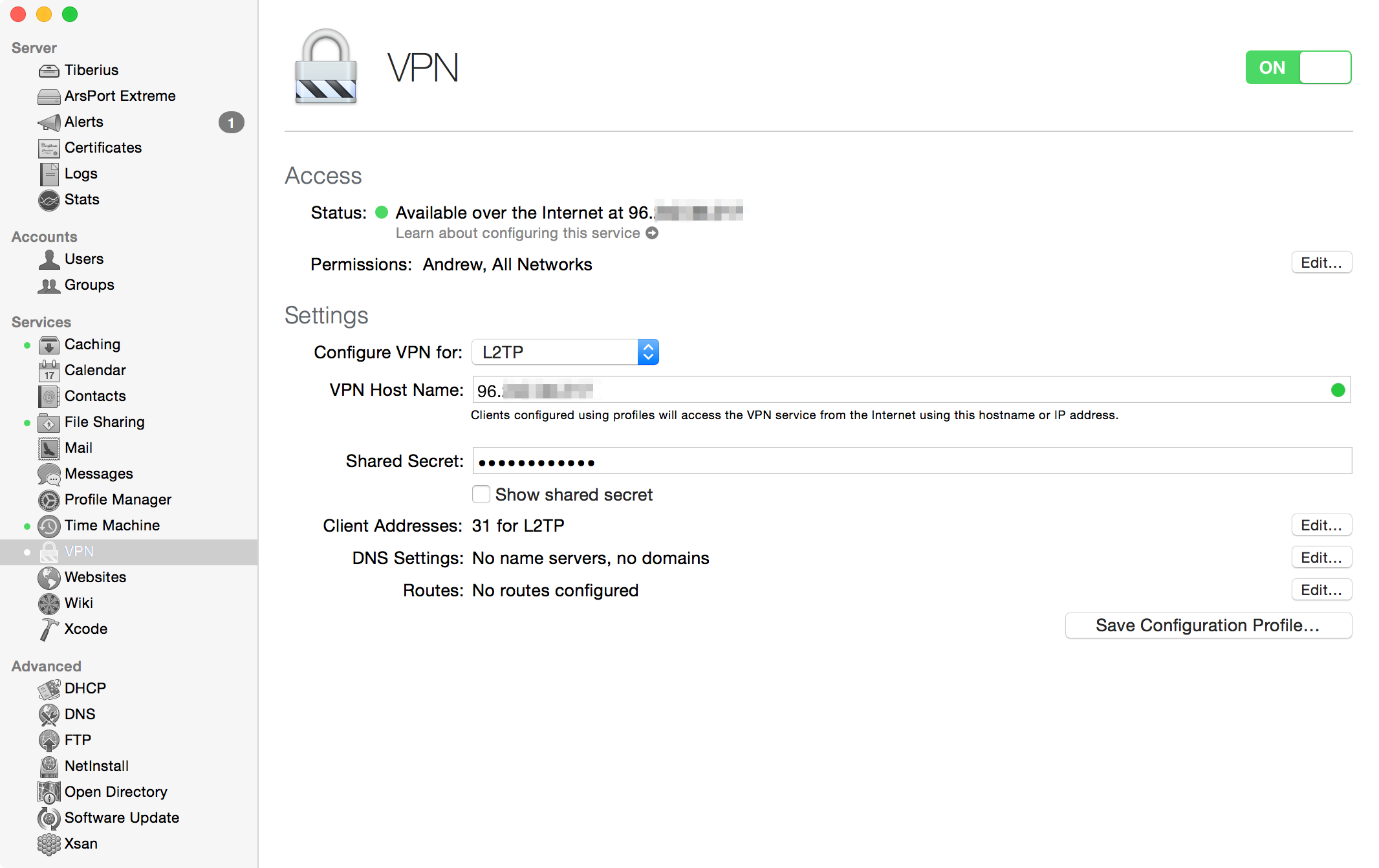

Look for the Port Forwarding setup page, which is probably lumped with the Firewall settings. Your router (which might be bundled with a wifi base station) would have a setup page that you can access using a web browser.
OPENVPN FOR MAC YOSEMITE HOW TO
If you’re running the VPN Server on a local network behind a router, you need to figure out how to set up the router to forward UDP ports 500, 17 to the local IP address of your VPN Server machine. Both will also be given to the VPN Client. Set up at least one VPN user account on your server machine. Enter a Shared Secret, which is just a word you need to enter into a VPN client, like Network Preferences on a client Mac or the VPN Connection Setup in iOS Preferences for the iPhone or iPad. Basically, the VPN Server acts like a DHCP Server for incoming VPN clients. It'll be assigned an IP address within the range you provided, and then it’s told where to go for DNS services. These values are provided to an incoming VPN client, on joining the local private network. If you’re running VPN Enabler on the single machine on the local network, behind the router, that has all the Internet services loaded on it (e.g., web, mail & DNS server, all on one machine), which is quite a reasonable assumption for the user base that is running all my “enabler” apps, then when you click on that “Suggest IP Addresses” button, it’ll try to provide you with reasonable values that you can use. Then, look for the “Suggest IP Addresses” button. Of course, this host name or domain name must be accessible from the Internet. You only need to provide the Host Name for your VPN Server. What VPN Enabler does is to do all that stuff for you in just three (OK, maybe four) steps and just one click.
OPENVPN FOR MAC YOSEMITE MAC OS X
There is a VPN Server built into every plain Mac OS X machine, only it's not activated unless you know how to type in a lot of geeky commands and dive into a lot of configuration files.


 0 kommentar(er)
0 kommentar(er)
